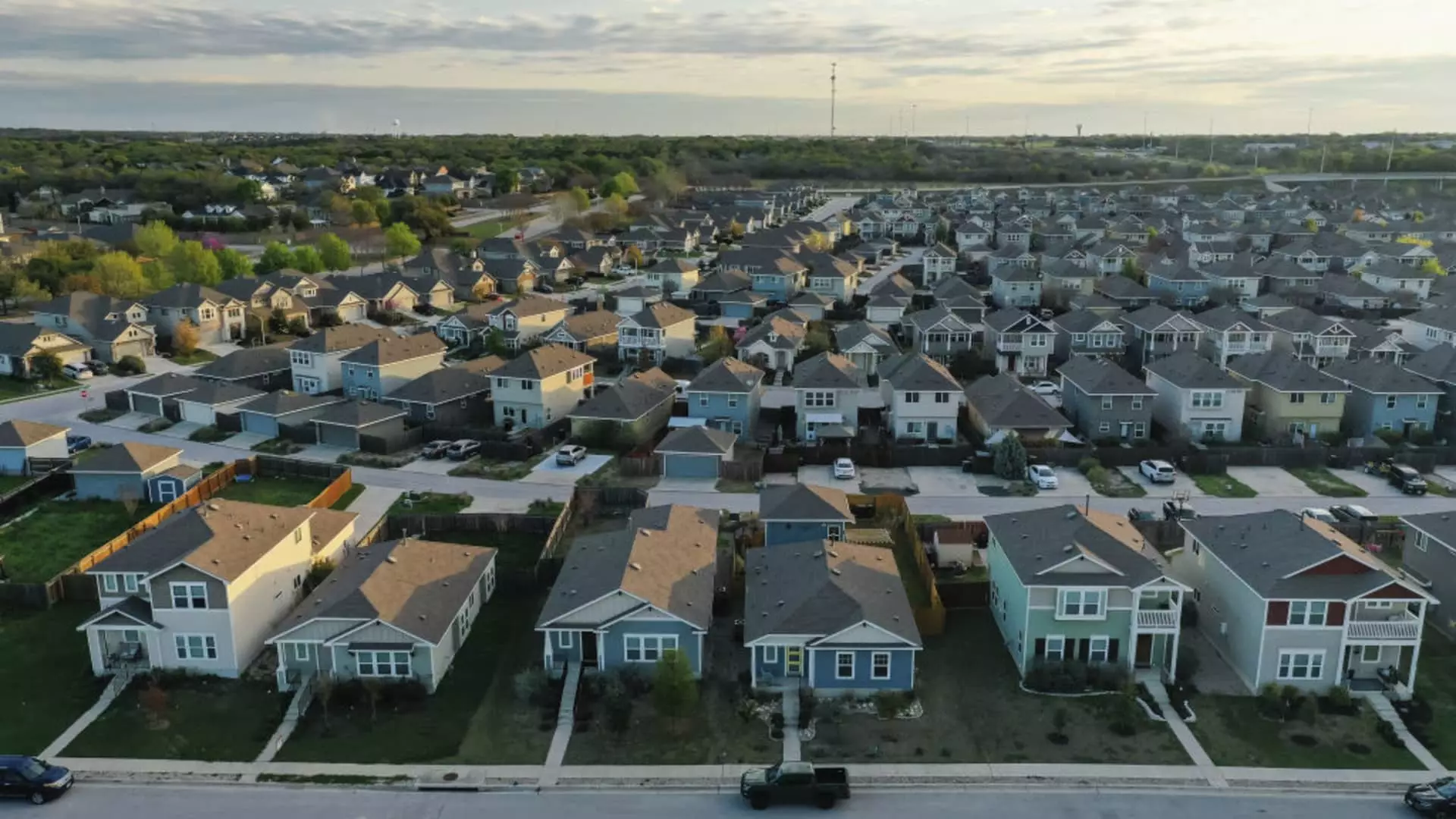As we approach the traditionally bustling spring housing market, homebuyers are experiencing a blend of trepidation and inactivity. Recent data indicates that, despite a slight uptick in available listings, there remains little incentive for prospective buyers to engage robustly. The stagnation in mortgage rates over the last several weeks plays a significant role in this reluctance, as potential buyers grapple with persistently rising home prices that continue to challenge affordability. According to the Mortgage Bankers Association, mortgage applications for home purchases have decreased by 4% compared to the previous week, suggesting that demand is relatively flat when juxtaposed with the same timeframe last year.
Shifting Loan Dynamics
The dynamics surrounding mortgage loans are also noteworthy, particularly as the average sizes for purchase loans have reached unprecedented levels. Reports indicate that the average purchase loan amount has surged to $447,300, marking the highest recorded figure since October 2024. This increase can be attributed to a combination of inflating home prices and diminished government activity in the loan sector. While the average interest rate for 30-year fixed mortgages experienced a slight decline from 7.02% to 6.97%, the overall borrowing environment remains challenging, illustrated by the fact that many current homeowners are locked into lower rates from previous years and are hence less inclined to enter the market.
Interestingly, there has been a notable uptick in refinancing applications, which rose by 12% week-over-week, reflecting a growing interest among homeowners to capitalize on minor shifts in interest rates. While this surge sounds promising, it must be contextualized within the broader historical framework: current refinancing activity is still significantly lower than pre-pandemic levels, underscoring the sustained impact of elevated rates from the past few years. Home purchase applications, in stark contrast, are currently down by 39% from February 2019 figures, revealing the stark realities that many homebuyers face today amidst ongoing economic fluctuations.
Although the number of homes available for sale has seen a 25% increase year-over-year, indicative of a slow but steady rise in housing supply, this data necessitates further nuance. The increase principally stems from homes remaining on the market for an extended duration, with the average sale time extending to 54 days—an alarming benchmark not seen since March 2020. Despite the surge in inventory, prices are continuing their upward trajectory, with a growing percentage of sellers resorting to price reductions—15.6% in January compared to 14.7% one year prior. Yet, many sellers, buoyed by existing market competition, are still holding firm to their asking prices, complicating the decision-making process for buyers.
The spring housing market may well be shaping up to be a cautious affair for potential homebuyers. With sluggish mortgage application trends, rising loan amounts, and inconsistent pricing strategies from sellers, it’s clear that the landscape is fraught with challenges. Homebuyers are advised to proceed with caution, weighing their options carefully in an environment characterized by both opportunity and uncertainty. As the market evolves, remaining informed and adaptable will be key in navigating this complex real estate terrain.

